Open data represents an opportunity for cities to reach universal accessibility. It shows the missing links of the mobility chain.
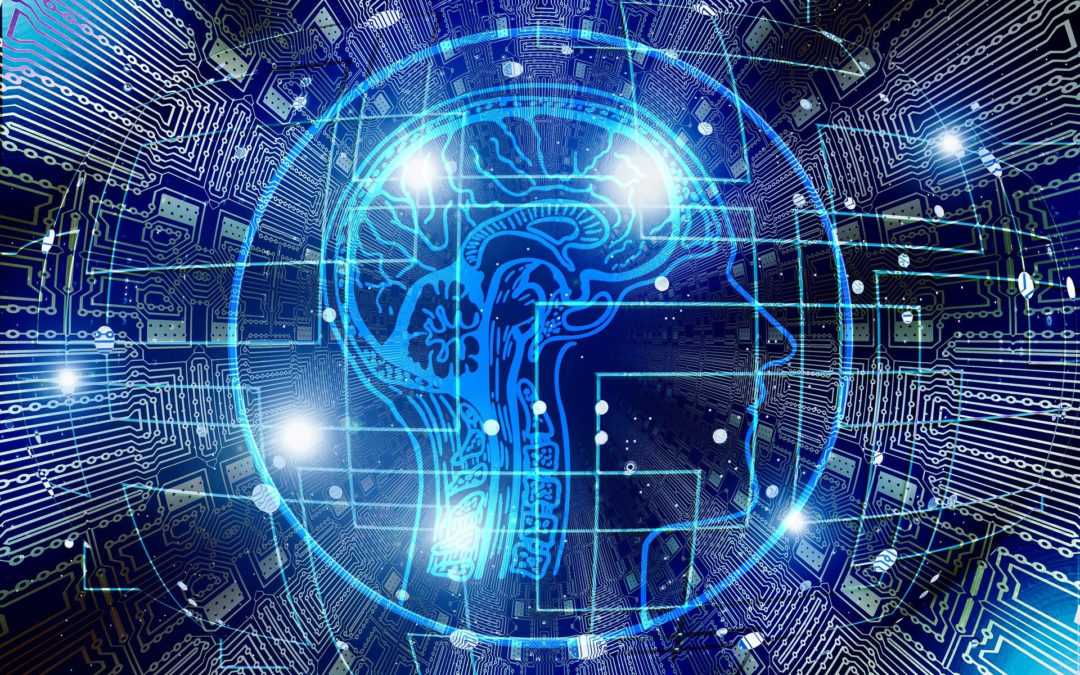
Artificial Intelligence and Accessibility: Examples of a Technology that Serves People with Disabilities
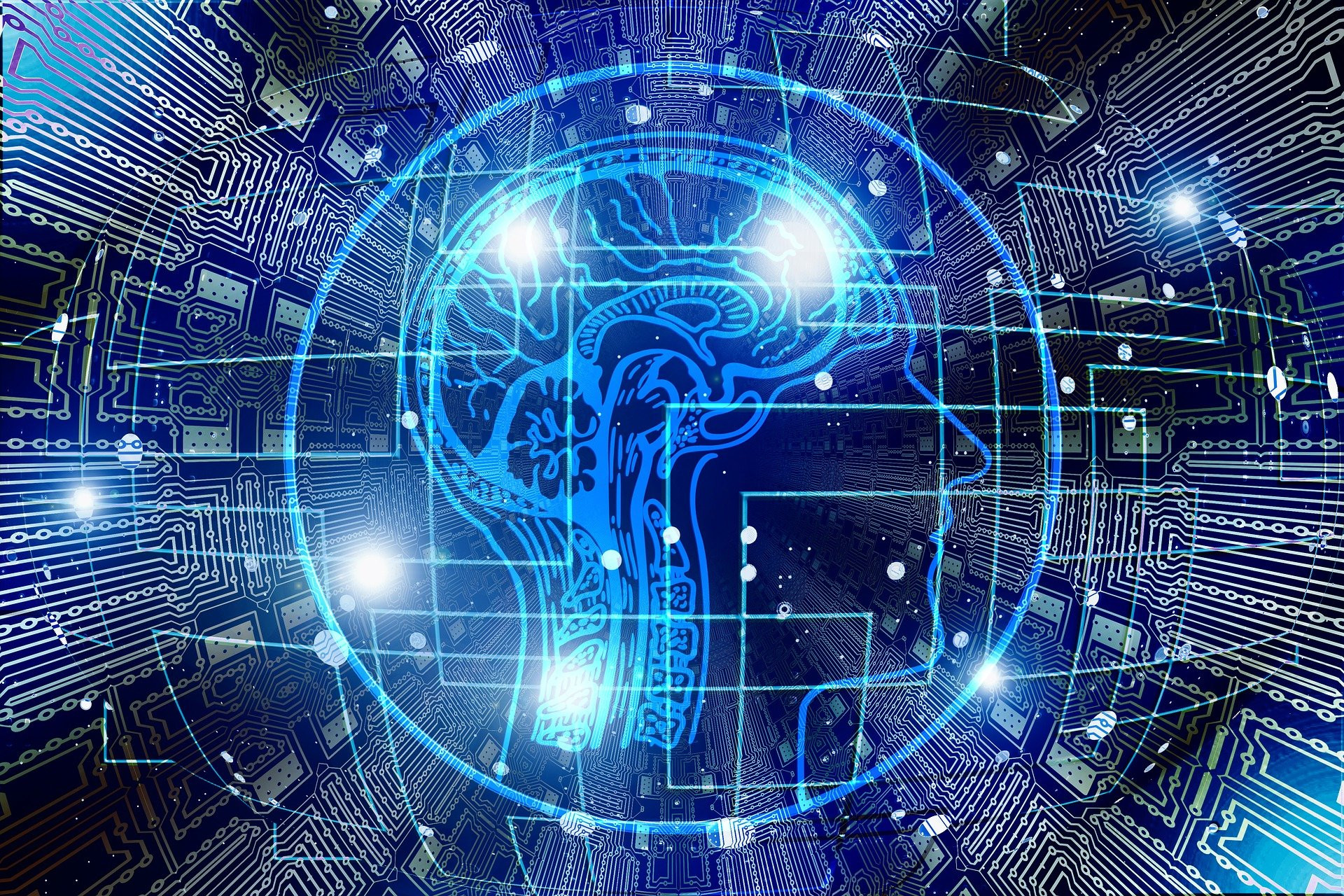
Artificial Intelligence and Accessibility: Examples of a Technology that Serves People with Disabilities
Many of us think that artificial intelligence represents an abstract and futuristic notion we only see in sci-fi films with humanoid robots and holograms. However it’s more and more grounded in our reality reaching various fields and categories of people including people with disabilities. Artificial intelligence truly revolutionizes accessibility and inclusion! Thanks to AI technology solutions, people with disabilities can drastically improve their everyday lives.
We had previously seen that smartphones are a powerful tool that help users with a visual impairment. Indeed, many apps enable them to remain autonomous. For example, thanks to Seeing AI, visually impaired people can easily read their mail by placing documents under the smartphone camera. AI technology can apply to any type of disability profile. For instance, people with reduced mobility can control everything at home just by using their voice with a virtual personal assistant such as Amazon Alexa.
Let’s take a look at AI and how it can enhance accessibility thanks to a few examples of innovative solutions! The future starts now!
What is artificial intelligence and how does it work regarding accessibility?
Artificial intelligence (AI) refers to smart machines or algorithms that are capable of performing cognitive tasks usually made by humans. This includes different technology solutions that mimic humans and use logic from playing chess to solving equations. Machine learning is one of the technologies that is part of AI: when algorithms are exposed to more data, they can learn and improve from it in order to anticipate consumers’ needs. For example, Google uses machine learning: its algorithms collect what Internet users searched and what they liked on social networks in order to provide more personalized search results and recommendations.
Nearly 4 billion people in the world use Google search engine, therefore AI, which is perceived as a social good. Anybody can have access to it including people with disabilities. Technology in general and artificial intelligence in particular have a key role in accessibility. It’s not just about finding the latest innovations but mostly about providing a solution at the service of a category of people in order to improve their lives. This represents a major progress for over 1 billion disabled people in the world who could use AI. What can AI do towards accessibility?
It can remove accessibility barriers through different solutions:
⊗ Image recognition for people with a visual impairment,
⊗ Facial recognition for people with a visual impairment,
⊗ Lip-reading recognition for people with a hearing impairment,
⊗ Text summarization for people with a mental impairment,
⊗ Real-time captioning or translations for people with a hearing impairment or even people who don’t speak the language.
AI has a huge impact on people with disabilities’ everyday lives: a person with a mental impairment can easily comprehend the world around him thanks to text summarization. What may at first be a complicated message to decipher turns out to be an easy-to-understand text. Things that at first were difficult or impossible for them are now easily accessible on a daily basis. AI enables people with disabilities to step into a world where their difficulties are understood and taken into account. Technology adapts and helps transform the world into an inclusive place with artificial intelligence accessibility. There is a certain sense of equality as AI puts everybody, with or without disabilities, at the same level.
What are the benefits of artificial intelligence regarding accessibility for people with disabilities?
We’ve seen the main points regarding AI accessibility but concretely, where is AI put into action to improve people with disabilities’ lives? How does AI help them remain autonomous? Let’s focus on 4 major situations where AI adds value:
Communicating with others and being connected
Depending on the type of disability and profile, communicating with others can be a challenge. The same holds true for staying connected to others in a world that’s more and more digitized with the growing importance of social media and our dependence to the Internet. But technology and AI leave no one behind and can be at the service of people with disabilities. A lot of apps use artificial intelligence to favor accessibility.
For blind or visually impaired people:
⊗ VoiceOver: a screen reader directly integrated on iPhones. Although its main use is to enunciate any email or textual message, VoiceOver also uses AI to describe apps icons, the battery level and even in part images.
⊗ TalkBack: the equal of VoiceOver for Android smartphones. It enables users to fully use their smartphones.
⊗ Siri: iPhones virtual assistant. Thanks to voice control, users simply have to enunciate their request: from doing a Google search or dictating a text message to send to a friend. People with a visual impairment can easily use Siri and stay in touch with others.
⊗ Cortana: a virtual assistant created by Microsoft and implemented on Windows. It helps blind or visually impaired users to navigate on their computer using simply their voice. In a sense, it’s similar to Siri.
⊗ Google Assistant: an app activated by voice control. Users can easily set up an alarm or manage their schedule, the same way as Siri.
For deaf or hard of hearing people:
⊗ Ava: an instant transcription app that uses AI to instantly transcribe the conversation of a group of people. Its algorithm adds punctuation, the name of the person who is talking and the necessary vocabulary from the user’s dictionary. An easy way for people with a hearing impairment to be included and to follow a conversation with several people without lip-reading.
⊗ RogerVoice: a French instant transcription app for group conversations available in 90 languages. It works the same way as Ava.
For people with physical disabilities:
⊗ Virtual assistants like Siri, Google Assistant and Google Voice Access: people with reduced mobility can use their smartphone by voice command. Google Voice Access was especially created for people with reduced dexterity.
⊗ IFTTT: an app that connects other apps so that the user with poor dexterity can use all his smartphone’s functionalities without struggling. It creates combinations with the apps to automatically perform tasks such as reading an email aloud and sending a tweet.
Even people with speech impediments can benefit from AI technology with the app Voiceitt. Thanks to machine learning, Voiceitt can easily understand people with brain injuries or Parkinson’s and whose speech may first seem difficult to apprehend. This app normalizes their speech to create an output of audio or text so that people with speech impediments can still communicate with others and be understood.
Of course, AI apps and smartphones aren’t the only way for people with disabilities to communicate and to be connected to others. Web accessibility keeps improving to comply with the Americans with Disabilities Act (ADA) thus providing the same access and services to everybody regardless of their disabilities.
Indeed designing an accessible website can be quite tricky but AI technology turns out to be a game-changer. A site’s design is scanned and analyzed thanks to machine learning. It can then improve its accessibility through many points:
⊗ A facial recognition with an AI software to replace CAPTCHAs that can be difficult to find for people with a visual impairment,
⊗ A keyboard navigation optimization via the “Tab” button for people with physical disabilities,
⊗ A voice-recognition or a speech-recognition technology like Google’s Project Euphonia for people with speech impairments to use the Internet thanks to sounds and gestures,
⊗ Audio descriptions content for people with a visual impairment,
⊗ Captions and translations of online videos for people with a hearing impairment like Microsoft Translator,
⊗ Readjustments of graphic elements such as fonts, colors and spacing for people with a visual impairment,
⊗ A built-in library of idioms, slang and phrases that are unusually used for people with a mental impairment.
Machine learning mimics a browser, the same way it mimics humans, to automatically adapt what’s on the screen and make it accessible for people with disabilities. Artificial intelligence technology fully enhances accessibility and inclusion.
Getting around
For people with disabilities, mobility proves to be one of the most challenging issues to overcome. How can wheelchair users get around in the city in an autonomous and serene way when they constantly need to be aware of the location of lowered pavements and accessible toilets? In our article How to Help People with Disabilities Get a Better Experience on the Subway?, we saw that people with disabilities need to rigorously prepare every trip they make. Luckily for them, a lot of navigation apps based on AI technology can help them gain more autonomy and more spontaneity when they’re getting around.
⊗ Google Maps: one of the most used GPS apps around the world. Visually impaired people or wheelchair users can prepare their trip in advance and visualize their route and the best means of transportation to use according to their profile. Thanks to the “wheelchair accessible” option, wheelchair users can know where ramps and elevators are located in the city. Plus the feature “accessible places” is useful for them to have more information about the layout of many premises: entrance, parking spots, restrooms, seating arrangements… This feature is also used by people with a visual impairment to find the exact location of a building entrance.
⊗ Moovit: a great app for people who use public transportation. It provides real-time traffic information and turns out to be helpful for people with a visual impairment when voice announcements aren’t activated on the bus for example.
⊗ Wheelmap: it lists and maps all accessible public venues (restaurants, shops, cafés…). Even users can add data and information concerning the accessibility level of places.
⊗ Soundscape: an app that describes blind people their surroundings with audio 3D technology. They can easily be aware of the points of interest near them and the intersections. Quite convenient to enjoy the city.
⊗ Evelity: the first indoor wayfinding app for people with disabilities. Regardless of their profile, they can easily navigate inside complex and busy places such as subway networks, colleges and universities, shopping malls, stadiums… Evelity works like a GPS and gives step by step instructions. It’s tailor-made to fit the users’ profiles and their needs:
→ Visually impaired users can set it up to work with VoiceOver and TalkBack screen readers so that they can have audio instructions.
→ Hearing impaired users can use text descriptions and icons.
→ Wheelchair users and people with reduced mobility benefit from optimized routes.
→ People with a cognitive impairment have simplified interfaces.
This innovative navigation app for people with disabilities is the perfect example of AI technology that enhances accessibility in general and people’s everyday lives in particular.
Evelity is currently being tested at the Jay Street-MetroTech subway station in New York City. Other complex venues have installed this navigation app in France, where it was created: the metro network of Marseilles, the medical university Rockefeller in Lyon and the LUMA museum in Arles.
For the two first venues, Evelity remains a regular navigation system but for the museum, it also provides geolocated cultural content! For blind and visually impaired visitors, the app describes the exposed works of art and enables them to find their bearings in the different rooms of the museum. Culture is partial to ally technology and accessibility!
How to Make Museums More Accessible for People with Disabilities?
Self-driving cars (also called autonomous cars or driverless cars) represent a new solution for the mobility of people with disabilities, regardless of their disabilities since they can help them get around more independently. People don’t need to ask a relative or to book a service when they need to get around by car. Self-driving cars use sensors, cameras, radars and AI to get to the chosen destination. Their algorithms collect all the necessary data about their environment like traffic lights, curbs, pedestrians…, by inputting Google Maps and Google Street View. Many companies from the car industry test or develop self-driving cars.
Living independently
AI technology concerns any field and can thus enhance accessibility even at home. Virtual assistants can improve everybody’s lives and it’s particularly striking with people with disabilities. We’d previously talked about Siri on iPhones. But at home, with smart speakers like Amazon Echo with Alexa and Google Home with Google Assistant, people with disabilities can control everything by voice: from turning on the lights to setting up an alarm or listening to music in the living room.
Any home object can be connected which means that a blind person can set up their oven just by asking Alexa or that a person with reduced dexterity can lower a room temperature just by using their voice.
Even before arriving home, people with disabilities can still control their virtual assistants at home thanks to the app IFTTT. It connects different apps together, including virtual assistants like Alexa, to create combinations called “applets”. It’s very convenient for people with reduced dexterity: any single task can automatically be done by voice control. They can for example increase their thermostat on their way from work to be at ease once they arrive home.
Having a connected smart home can sometimes be life saving: if a person with disabilities falls, a system previously set up can call up emergency services. People with disabilities can thus live alone knowing that they’re safe if something happens.
AI technology solutions enable people with disabilities to gain more autonomy and be comfortable in their own homes. AI takes accessibility to the next level.
Accessing the same services as anybody
Inclusivity means that everybody has the right to access any services regardless of their profiles and disabilities. Blind people can read thanks to Braille and hearing impaired people can enjoy a movie thanks to subtitles. Here are a few non-exhaustive examples of artificial intelligence technology at the service of accessibility:
⊗ Braille AI Tutor: an innovative solution to compensate the lack of Braille teachers. Thanks to AI-based speech recognition and gamification, blind students can learn Braille more independently. Education represents a fundamental right. Accessing to an education is key for blind people to find a job and be included in society.
⊗ Seeing AI on iOS: an app designed for visually impaired people that can read and describe all types of documents placed under the smartphone camera such as banknotes or mail. It can even recognize images, colors and faces thus providing details on people’s emotions.
⊗ Lookout on Android: the equivalent app of Seeing AI. It has a Quick Scan Mode that can skim through a text.
⊗ Google’s Project Guideline: an AI-based solution that enables blind people to run by themselves. With just a harness around their waist, their Android smartphone connected to it and headphones, blind people can run without any external help following a guideline painted on the ground.
⊗ Accessible documents thanks to Microsoft Accessibility Checker or Adobe Accessibility Checker: students and employees with disabilities can still have access to information in order to succeed.
The medical industry also benefits from AI with robot-assisted technology for more precision during surgery or data collection to provide a more accurate diagnosis. But for people with disabilities, this can represent a huge progress in providing a better quality of life. The most striking example is the invention of an exoskeleton powered with AI that enables paralyzed people to use their legs again: they can stand up and walk. A breakthrough that’s not only technological but also medical for people with motor impairments!
These are just a few of the AI technologies used to improve people with disabilities’ lives in various fields as many more solutions are available and developed whether by startups or large corporations such as Google and Microsoft. By having a user-centered approach, artificial intelligence technologies use inclusive design to conceive solutions that best meet the needs of people with disabilities to enhance accessibility. Indeed, AI technology enables them to gain more autonomy whether they’re at home enjoying a movie with subtitles or at work reading an accessible document making the world more accessible and inclusive to them.
Want to know more about apps that people with disabilities use in their everyday lives? Read our articles:
5 Must-Have Apps for Deaf and Hard of Hearing People in 2022
13 Must-Have Apps for Blind or Visually Impaired People in 2022
9 Must-Have Apps for People with Physical Disabilities in 2022
Updated on December 28th, 2021 / Published on March 5, 2021
media
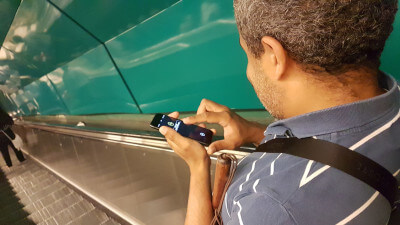
AI enables people with disabilities to step into a world where their difficulties are understood and taken into account.
writer

Carole Martinez
Content Manager
stay updated
Get the latest news about accessibility and the Smart City.
other articles for you
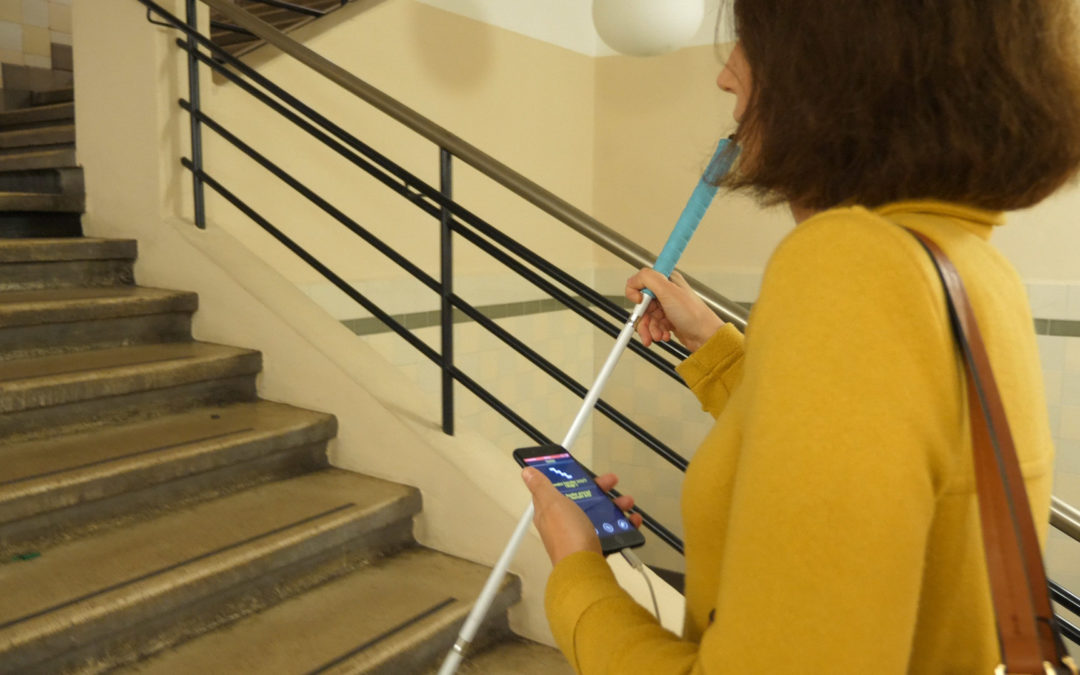
How Does a Blind Person Use Their Smartphone to Improve Their Mobility?
The smartphone has revolutionized the mobility of blind and visually impaired people.
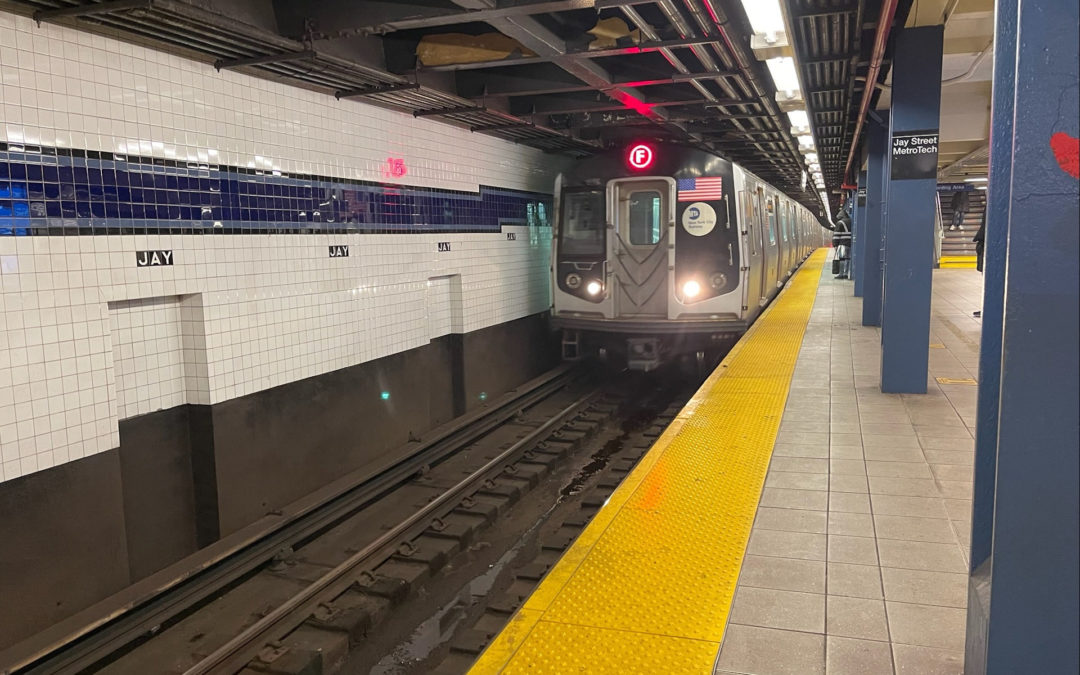
How to Foster Inclusive Mobility at Public Transit?
What inclusive mobility solutions can improve the accessibility of public transit? Are they cost-effective? The answer lies with phygital…
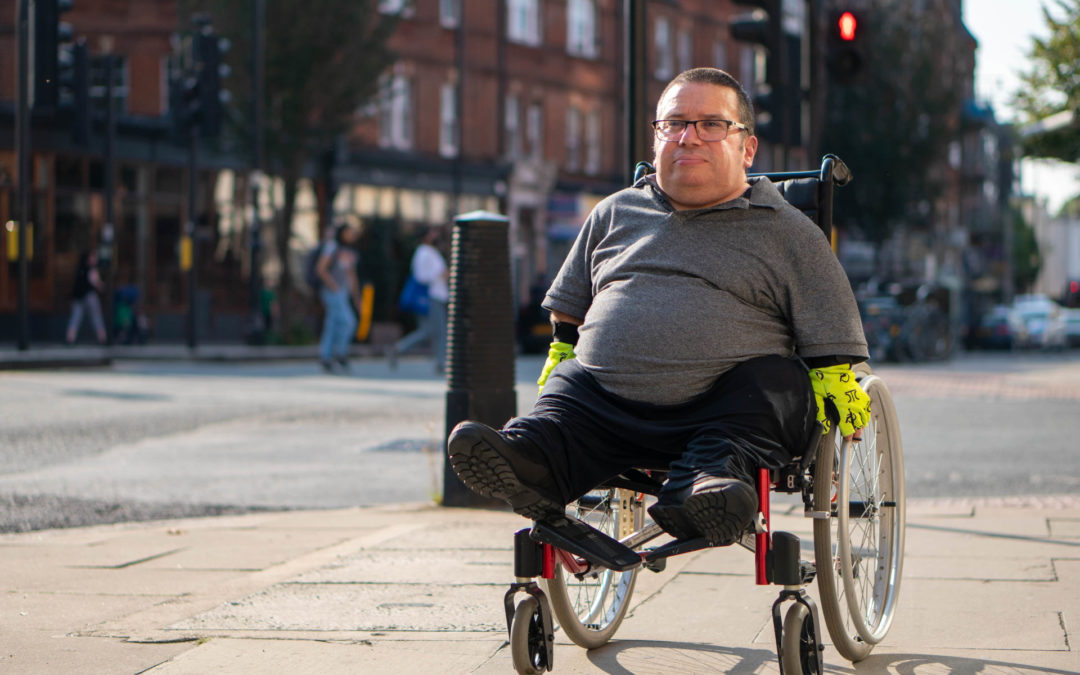
Paratransit Services for People with Disabilities: Yes You Can Reduce Their Costs
Public agencies spend millions of dollars for paratransit services. But a cost-effective solution could make public transit more accessible for riders with disabilities.
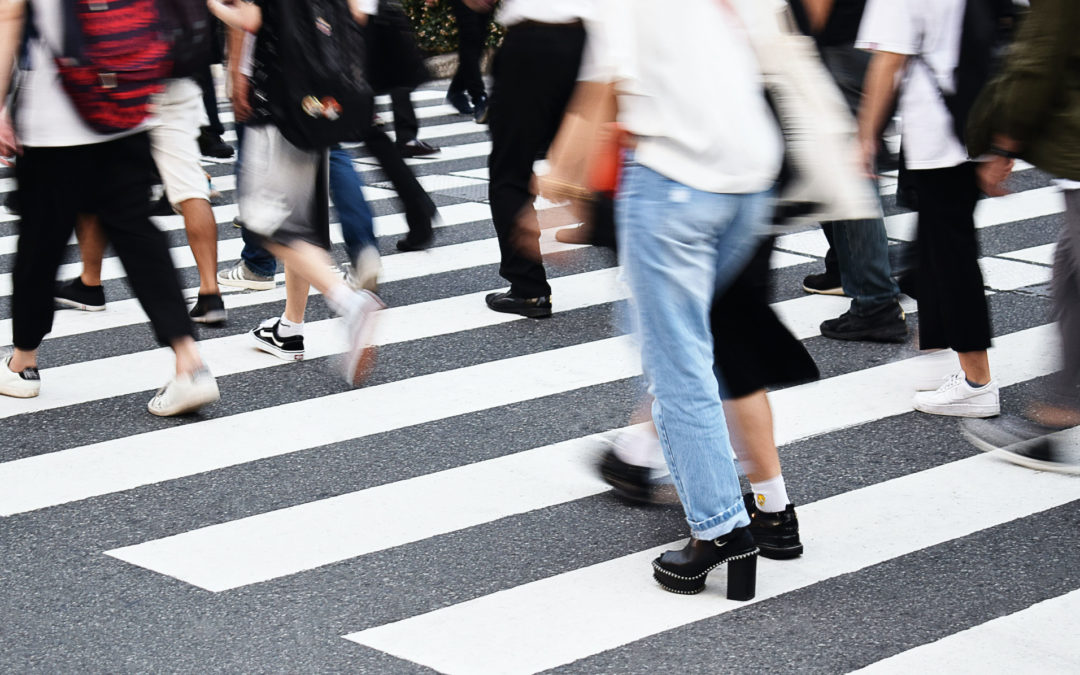
The Crosswalk: Thousands of Years of Evolution
Did you know the first crosswalk emerged in the city of Pompeii more than 2000 years ago? Check out how it has evolved since Antiquity!
share our article!
NEVER miss the latest news about the Smart City.
Sign up now for our newsletter.
Unsubscribe in one click. The information collected is confidential and kept safe.
powered by okeenea
The French leading company
on the accessibility market.
For more than 25 years, we have been developing architectural access solutions for buildings and streets. Everyday, we rethink today’s cities to transform them in smart cities accessible to everyone.
By creating solutions ever more tailored to the needs of people with disabilities, we push the limits, constantly improve the urban life and make the cities more enjoyable for the growing majority.


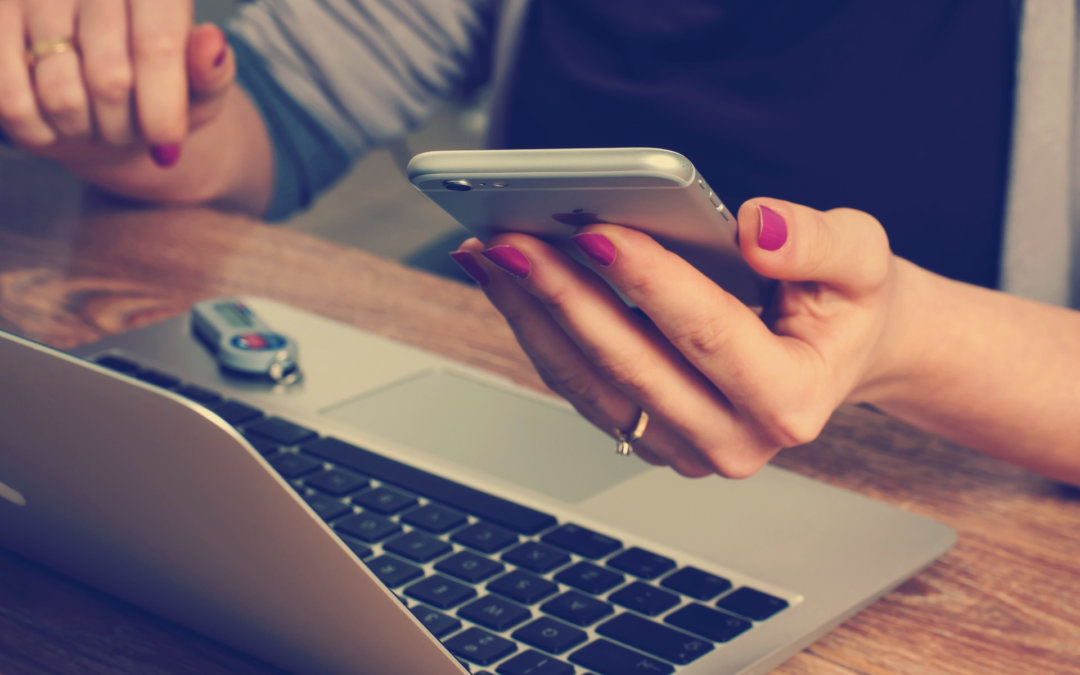
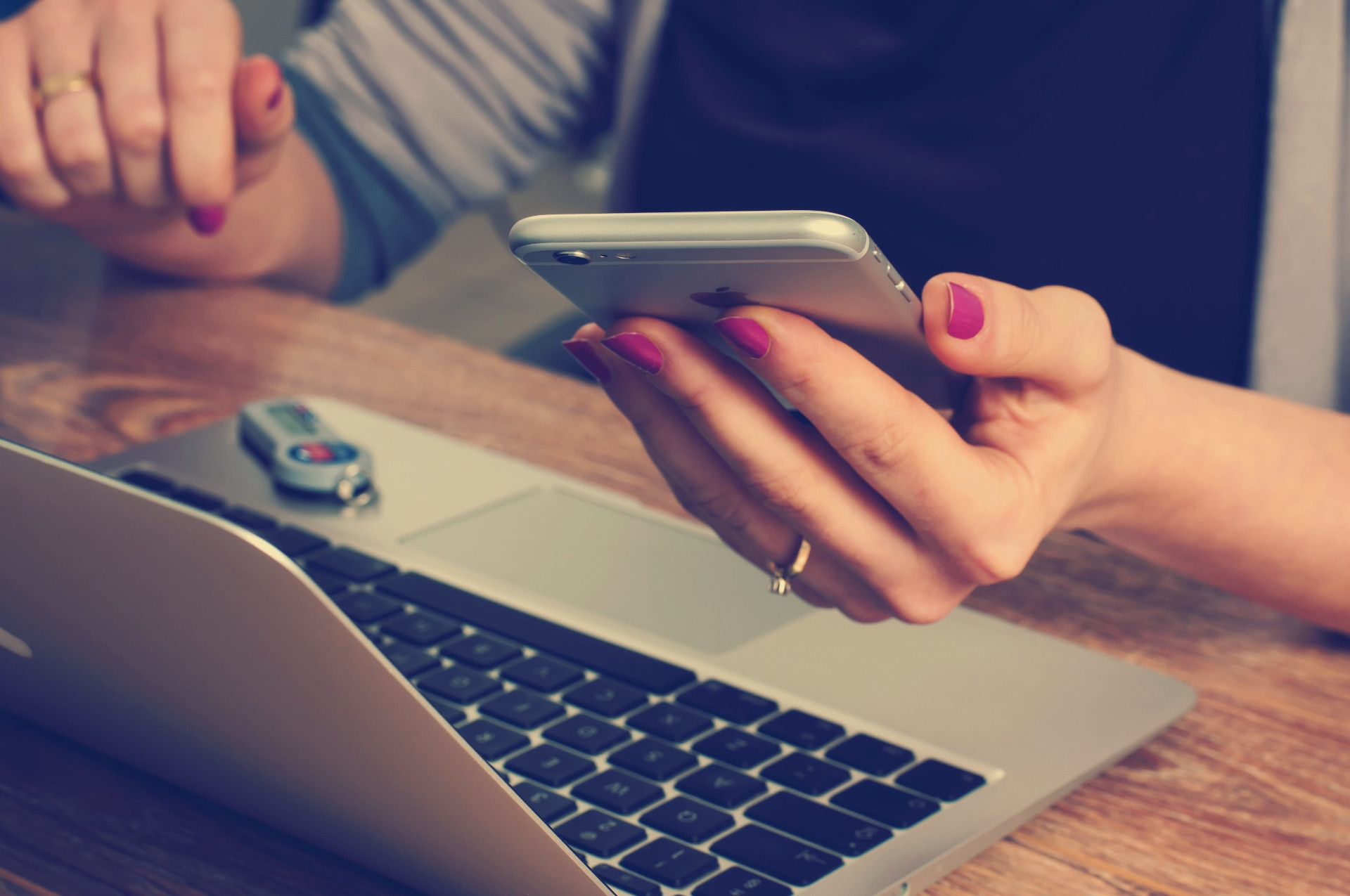
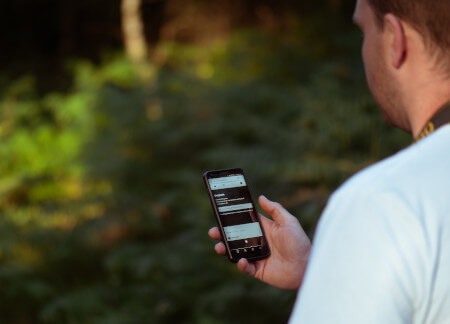

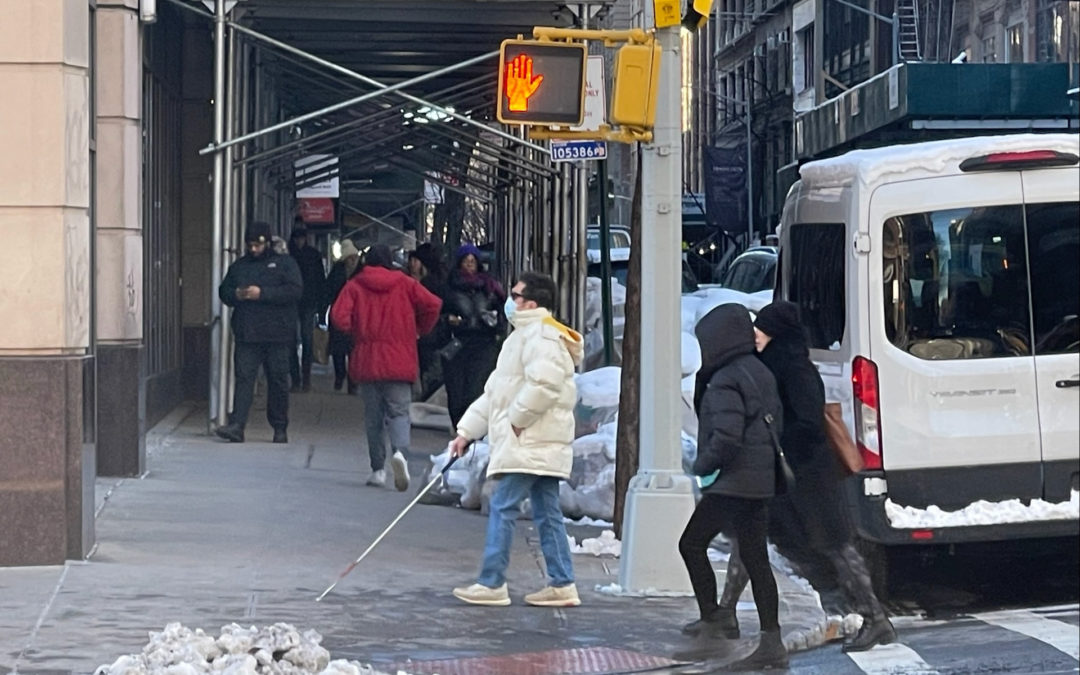
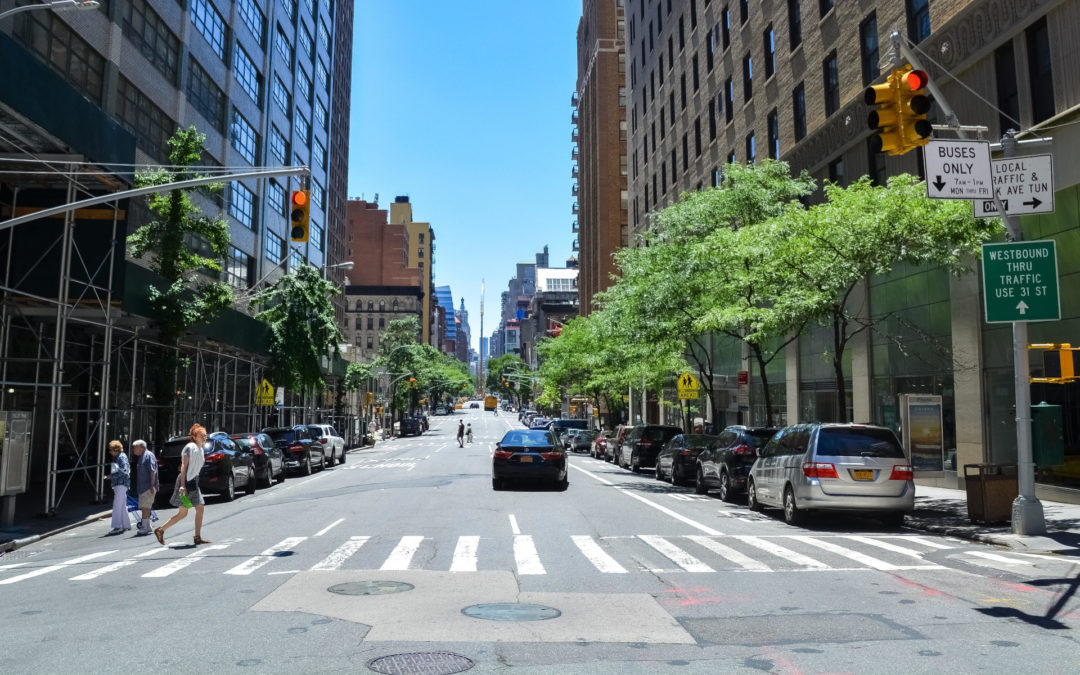

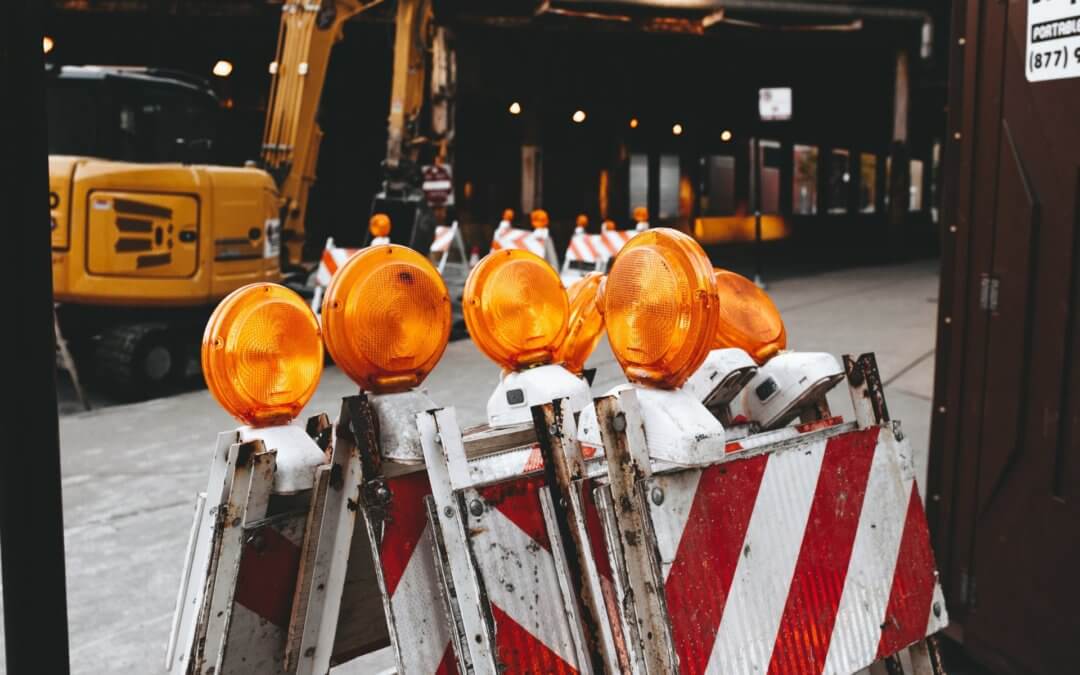
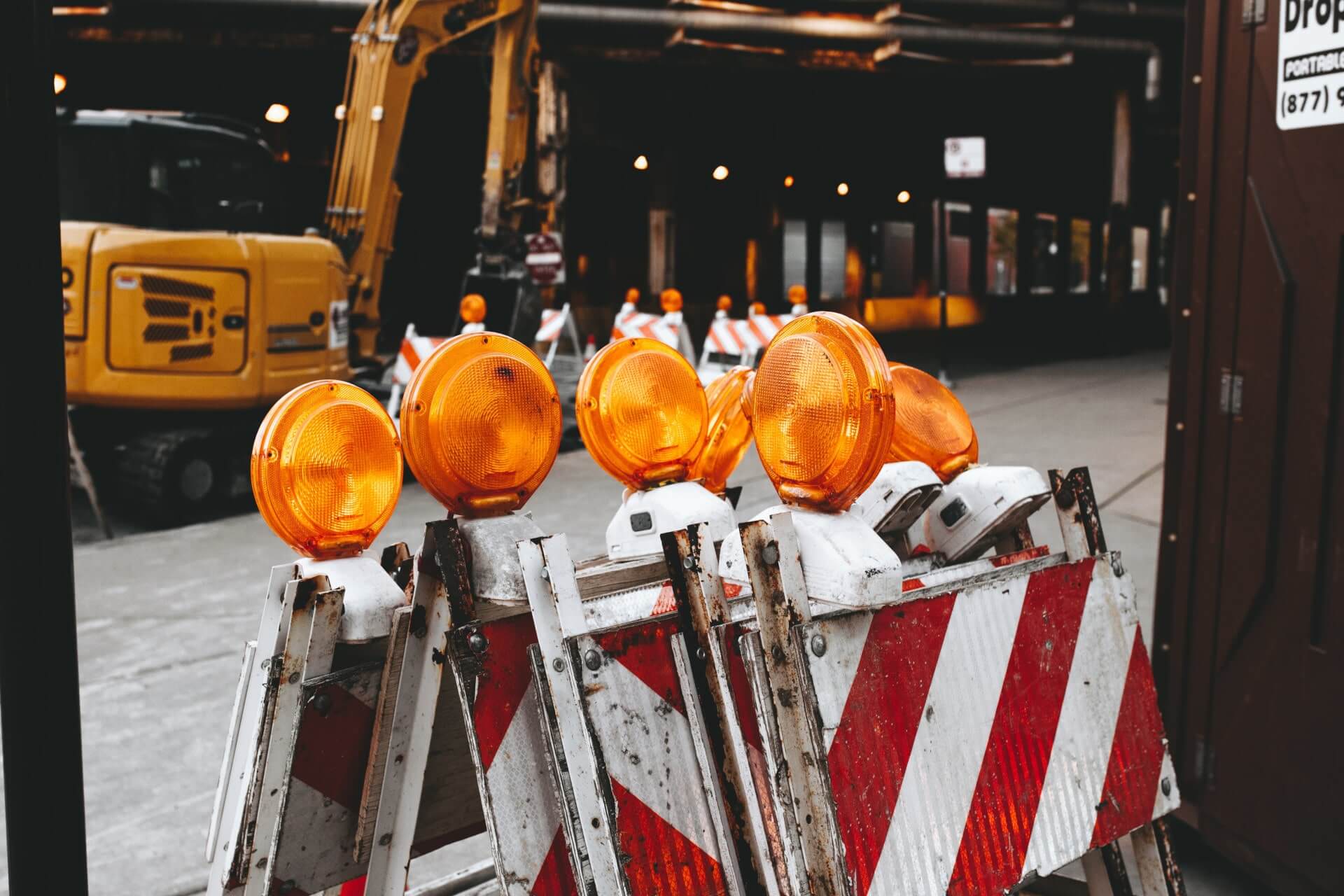

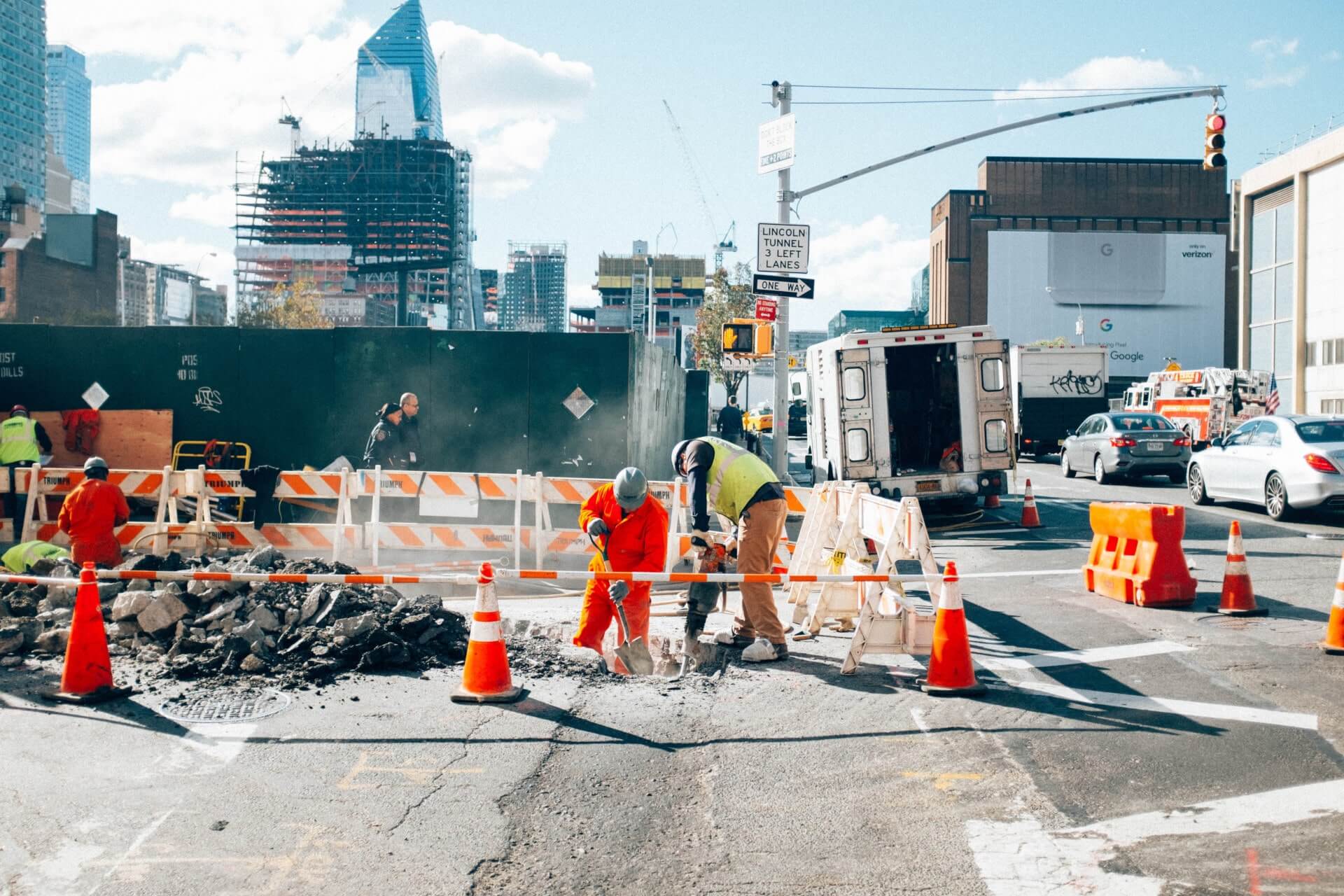


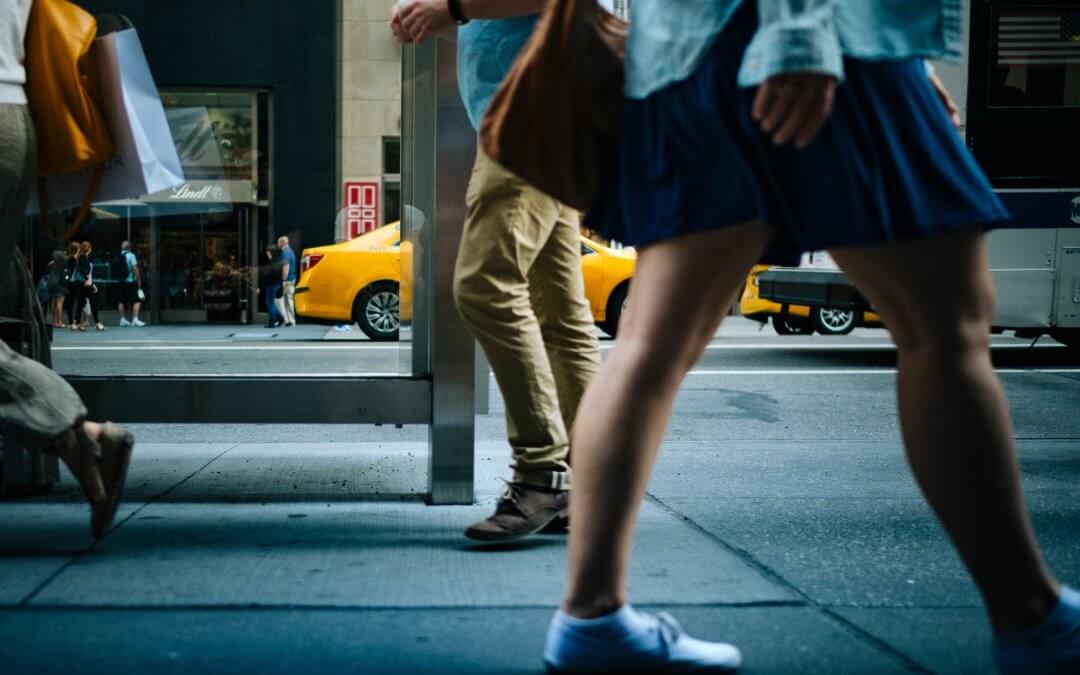
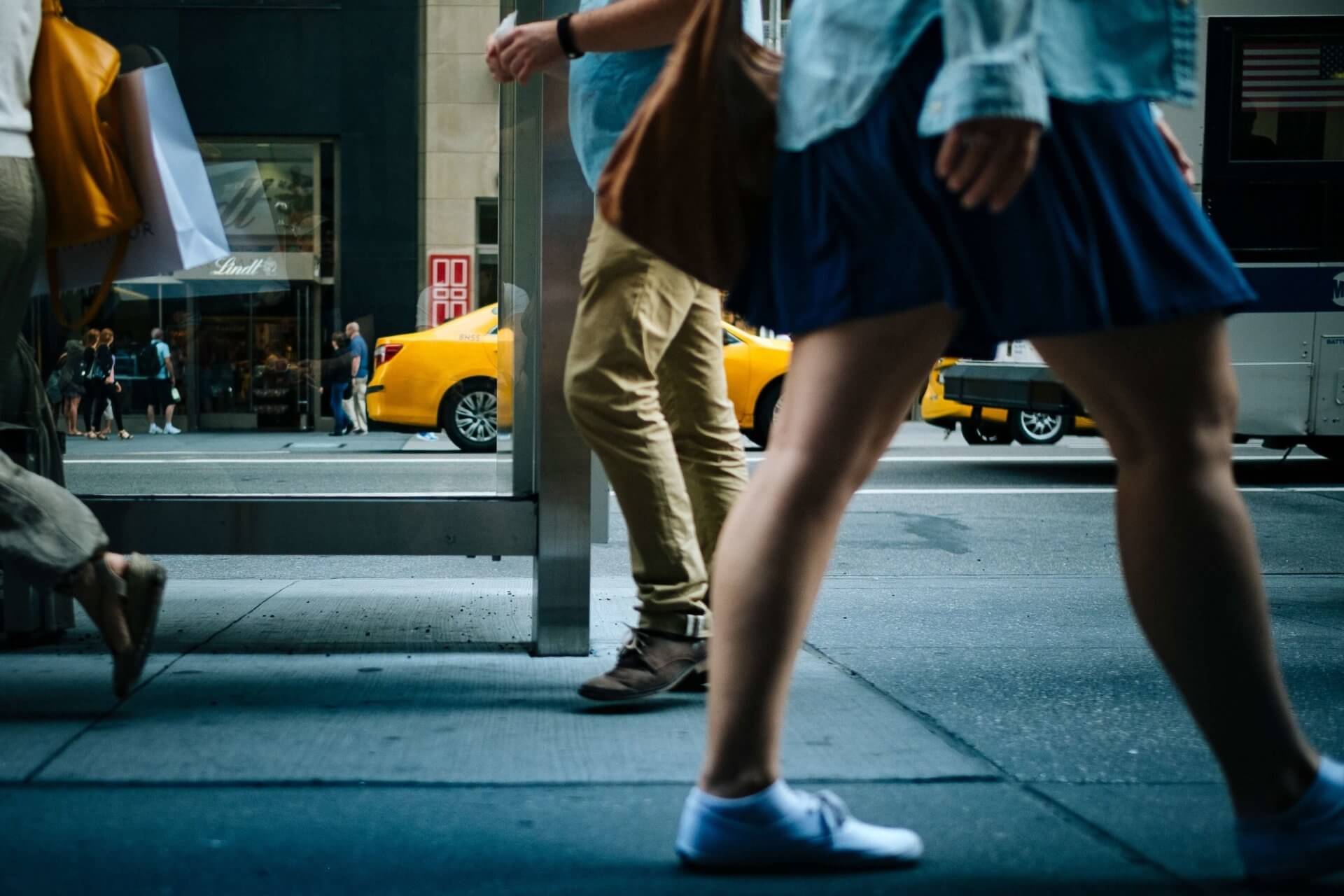
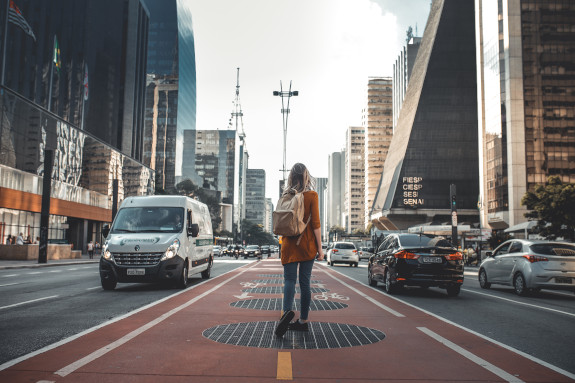
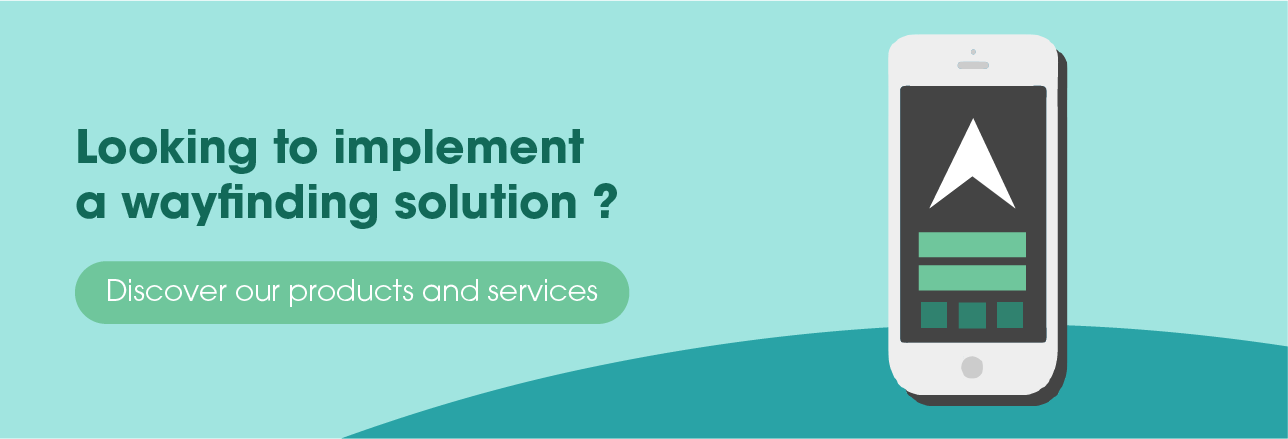
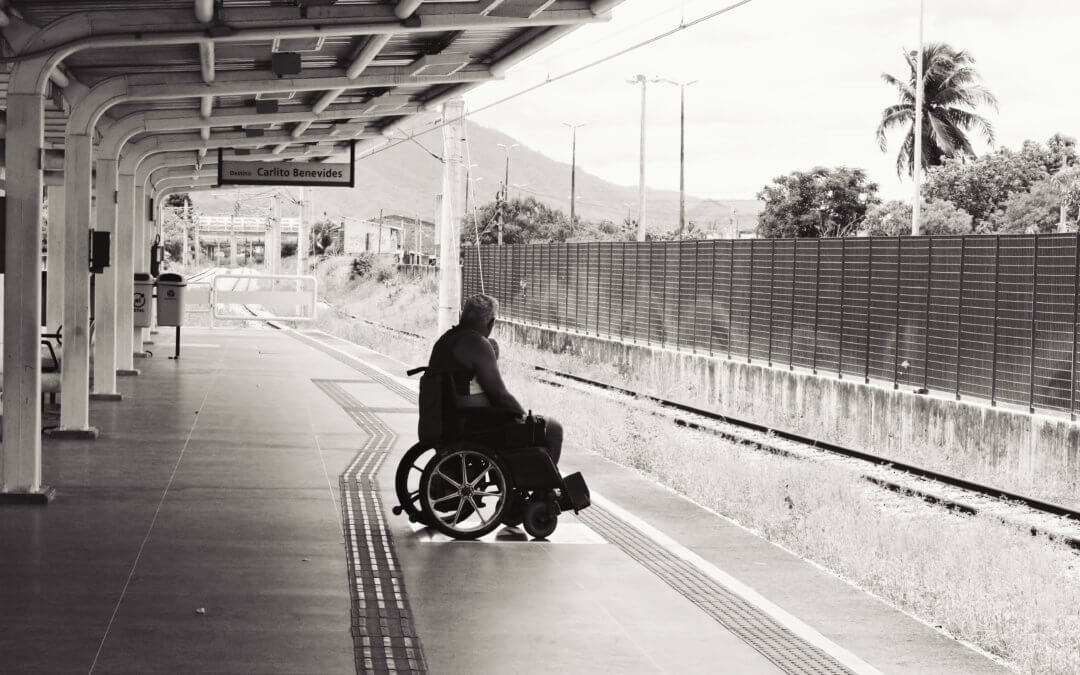
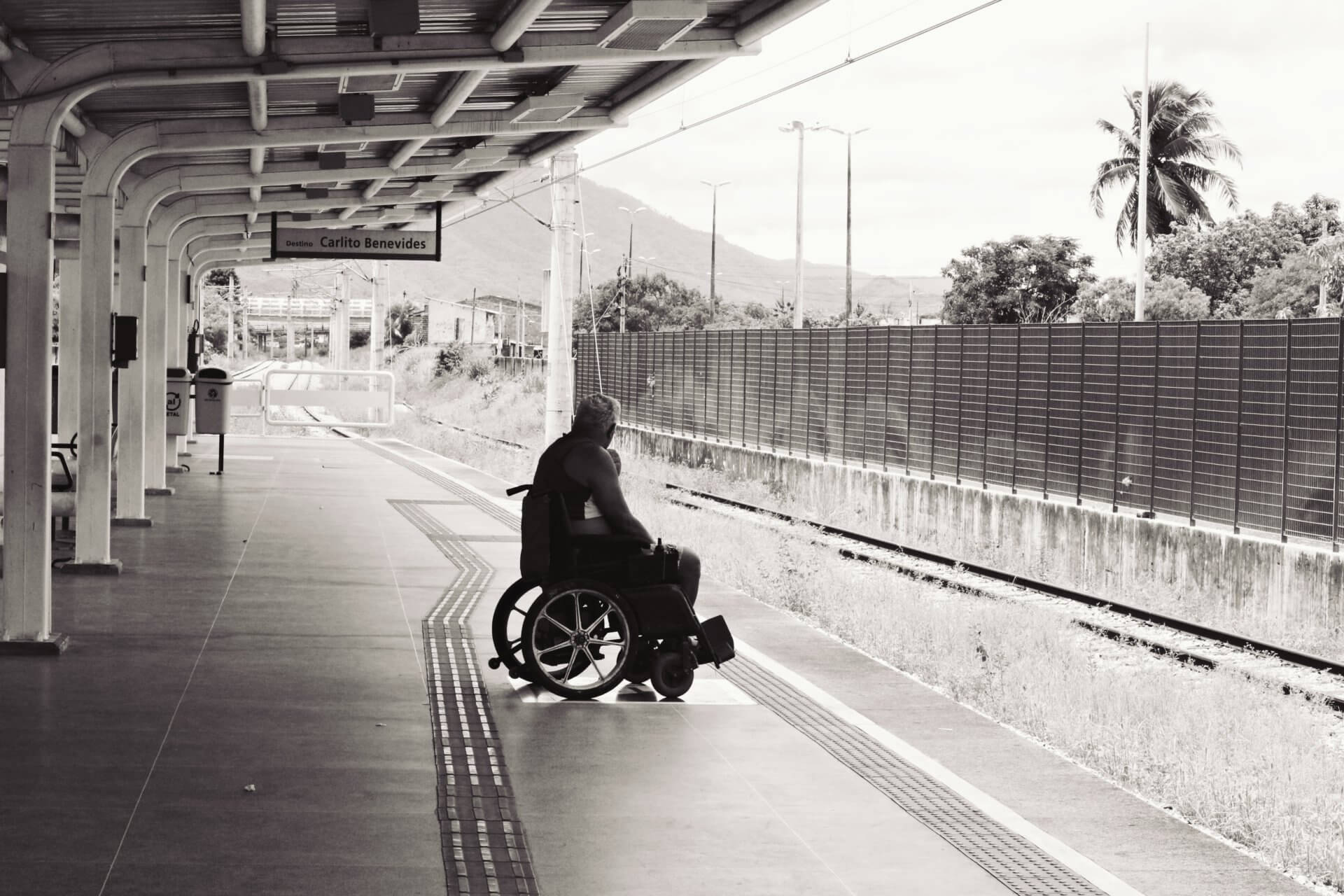

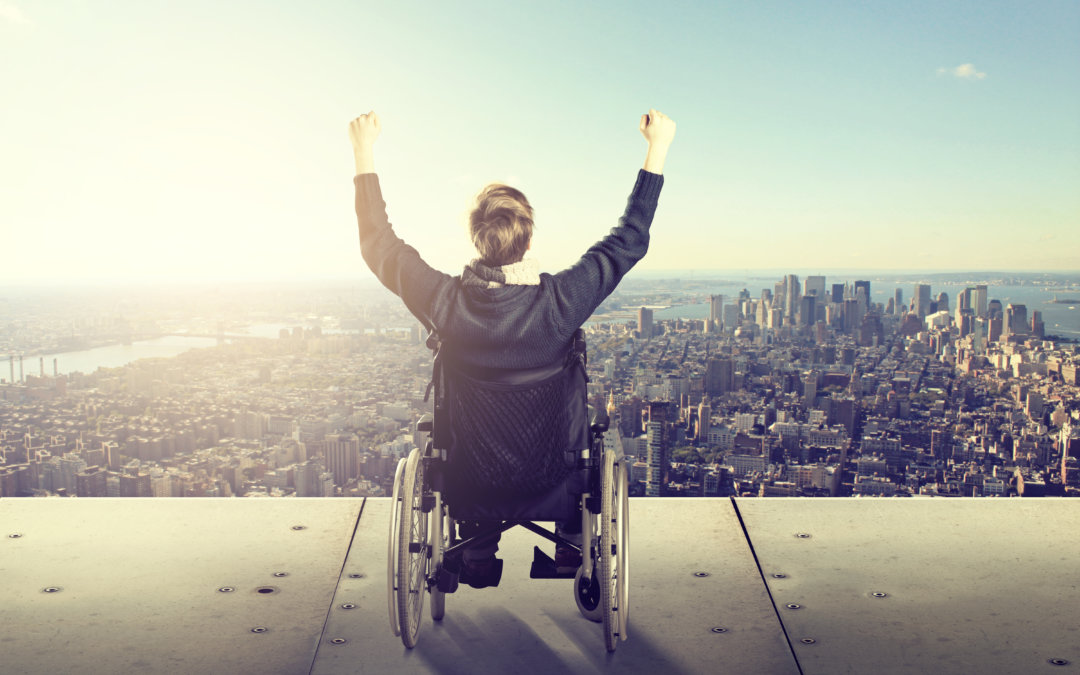
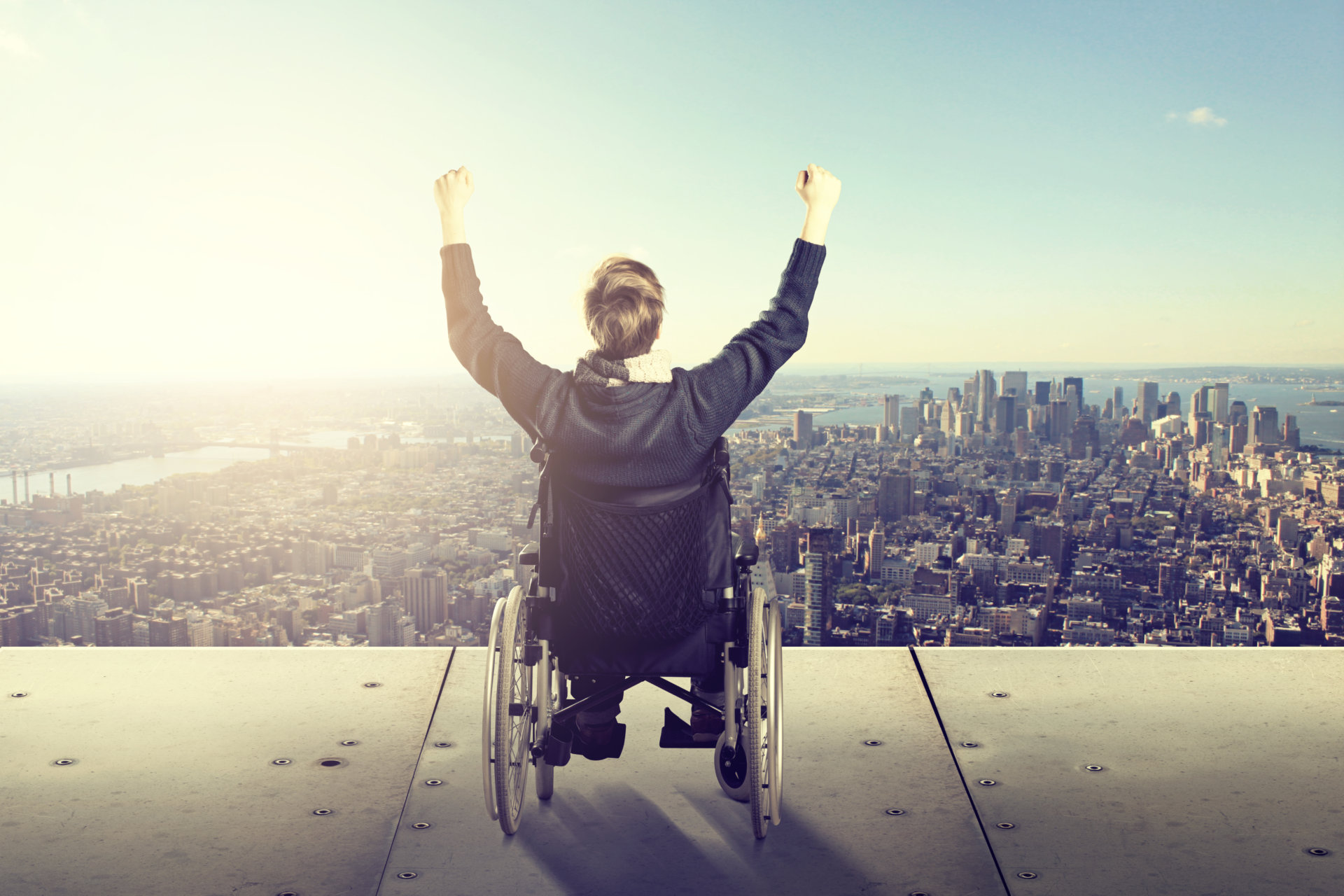
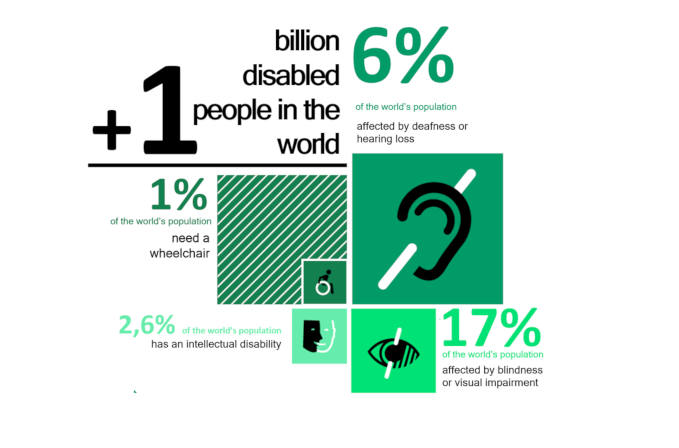

Recent Comments